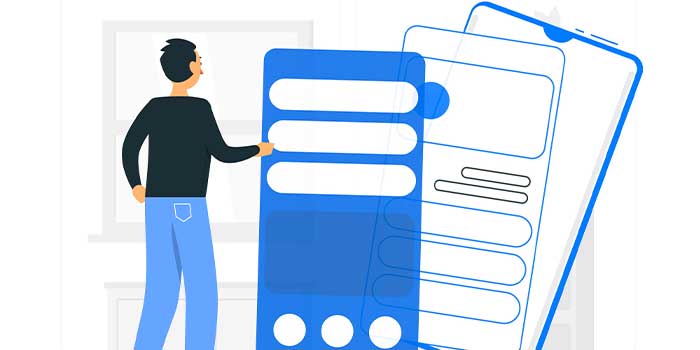Big Data vs Data Science: Know Everything About It
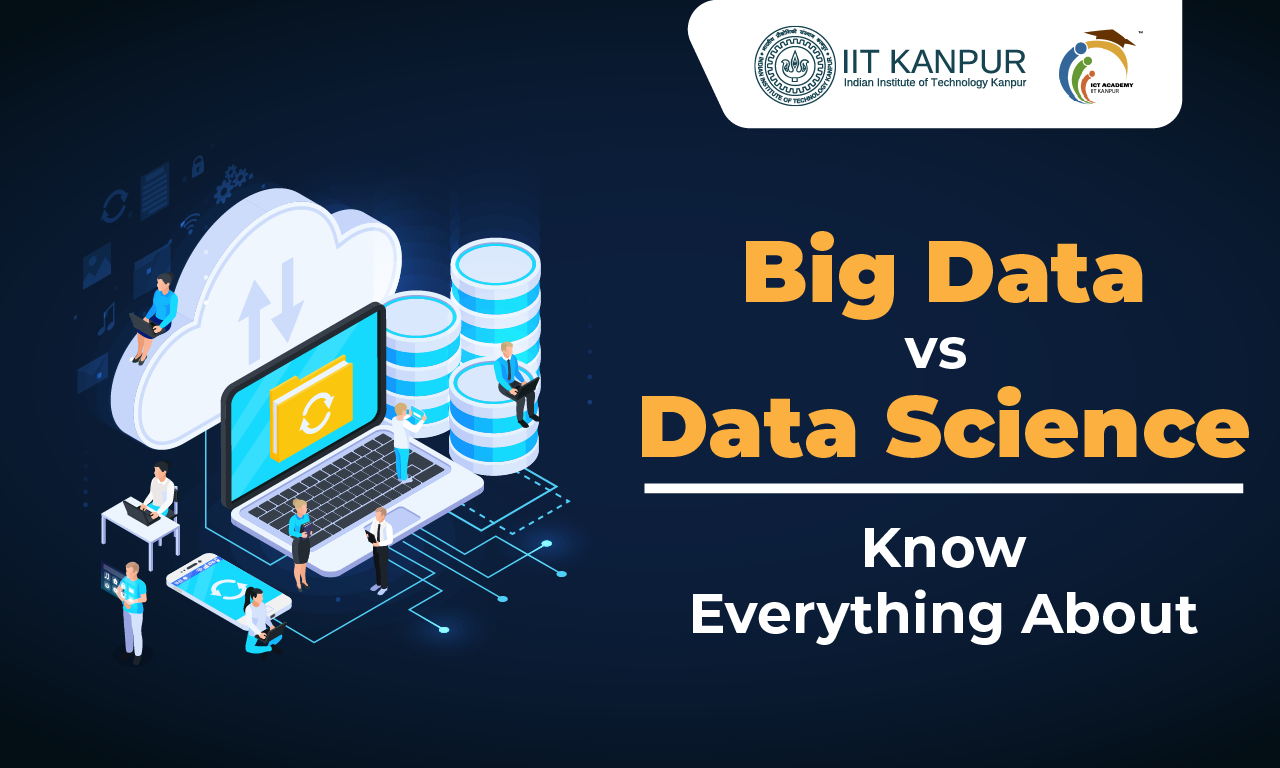
Big Data vs Data Science: The two interconnected fields on which numerous industries depend, big data vs data science, are paradigms of the modern data revolution and play a crucial role in solving real-world data problems.
Although big data is a part of data science, both have different concepts. Big data is more about processing large and complex datasets, while data science is more concerned about scientific methods, statistics, maths, Artificial Intelligence, machine learning, and other revolutionary technologies.
Big data, in other words, is a subset of data science that processes and manages vast datasets. This is why when you pursue the best data science course, you find a great deal of sections dedicated to big data. But, if both the fields are co-related, do they have some differences? In reality, they do have many differences. Stay glued to discover them in detail.
What is Big Data?
If you are interested in data science and want to make a significant change in this industry, then you must have the skills required to become a big data scientist. Big data can be defined as a broad term that pertains to large amounts of semi-structured, structured, or unstructured data an organization generates on any particular day. This may contain various data types from multiple sources, such as IoT, social media, applications, etc.
Also Read: Will AI Replace Data Scientists?
This technology also helps process and store big or complex datasets for regular computer-based software applications, eliminating the need for traditional data-processing tools.
The application of big data helps organizations extract valuable insights and predictions and improve their decision-making capabilities that are otherwise impossible to achieve with traditional analytics methods. It revolutionizes industries from healthcare to finance through advanced analytics, machine learning, and AI technologies.
What is Data Science?
Data science is the interdisciplinary field of scientific methods, algorithms, and systems to extract knowledge and insights from both structured and unstructured data. It combines aspects of Artificial Intelligence, machine learning, statistics, mathematics, deep learning, and advanced analytics; thus, it requires many skills to become a data science expert.
The application of data science focuses on the interpretation of data patterns, insight drawing, and the use of insights appropriately for information-based decisions. This is why data scientists fulfil various responsibilities, such as data analysis, data mining, data visualization, and predictive analytics, which are used in identifying data trends and seeking solutions for complex business problems.
Finding the Differences Between Big Data and Data Science
On a difference-making scale, data science and big data are the two popular entities of today’s data-driven world, with some differences in their functions and purpose. While big data facilitates handling large volumes of data, the focus of data science is on extracting insights from those data using algorithms, statistical methods, and advanced tools in making decisions. Here are some more big data vs data science differences:
| Features | Big Data | Data Science |
| Primary Focus | Big data focuses on handling and processing complex and large volumes of data, which are largely unstructured, semi-structured or even structured. Big data can also simplify the storage, management, and efficient data processing, eliminating the need for human efforts. Big data also focuses on addressing data challenges that otherwise cannot be handled through traditional data analysis methods. | The core concern of data science is extracting insights from data, making accurate predictions, and generating informed decisions with the help of algorithms and tools. It uses statistical analysis, machine learning, and domain expertise for interpreting data patterns and predictive analysis and model building. |
| Types of Data | Unstructured, Structured, and semi-structured data can be used in big data practices. | Data science mostly deals with cleaned and processed data for efficient analysis and clear insights. |
| Primary Tasks | Big data’s primary tasks are processing, collecting, and storing data. | Data interpretation, visualization, analysis, modeling, and interpretation. |
| Technologies Used | Spark, Hadoop, and NoSQL databases, such as MongoDB | Python, SQL, Scala, R, Julia, TensorFlow, Pandas, NumPy, Scikit-Learn |
| Outcome | Big data offers accessible data repositories that can be used for analysis | Data science provides actionable insights through analysis and predictive modeling and aids decision-making. |
| Applications | It supports the storage of high volumes of data and real-time processing. | It presents data-driven decision-making, data analysis, predictive modeling, and analytics. |
| Skills Required | Programming, analytics, data visualization, data mining, machine learning, statistical skills | Data visualization, programming, cloud computing, deep learning, machine learning, statistical skills, database management |
| Real-Life Applications | Big data is essential for industries with high-demand scalable solutions for data and real-time analytics required in social media, e-commerce, healthcare, and finance. It helps organizations manage vast amounts of data to gather actionable insights in making better decisions. | Data science is crucial in healthcare, e-commerce, finance, hospitality, marketing and many other industries. It is used to obtain better insight and competitive advantage through risk management, predictive market trends, and creating personal customer experiences. |
| Typical Roles | Big Data Engineer, Big Data Analyst, Data Engineer | Data Scientist, AI Engineer, Machine Learning Engineer, AI Developer, Data Analyst |
The Point Where Big Data and Data Science Come Together
Even if there are many differences between them, it would be wise to consider big data as a part of data science, and their convergence occurs in their mutual goal of extracting valuable insights from large and complex datasets. The whole battle of big data vs data science comes to an end, and together, these technologies and their scientific practices help unlock the potential of data for organizations to make better decisions, innovate, and gain a competitive advantage in almost any sector.
Data science and its subset, big data can make the process of analyzing, handling, processing, mining, and storing data much easier and make drawing actionable insights an even simpler task. From predictive modeling to real-time analytics, the sole purpose of data science and big data is to help organizations make the right use of their data, focus on strategic decision-making, and stay competitive by exploring data as a powerful tool.
| Related Data Science Articles | |
|---|---|
| Python Interview Questions for Data Science | Data Science Project Ideas for Beginners |
| Data Science in Public Sector | Python Libraries for Data Science |
Final Words
Therefore, big data, part of data science, relies on advanced analytics and machine learning to process massive volumes of data for actionable insights. While Data Science offers complex analytical capabilities to make informed and effective decisions and carry out innovations, Big data, and data science are the foundation of modern, data-driven strategy. Contact us if you need more information on big data vs data science or want to pursue a professional certification with job assistance.
Recommended Courses
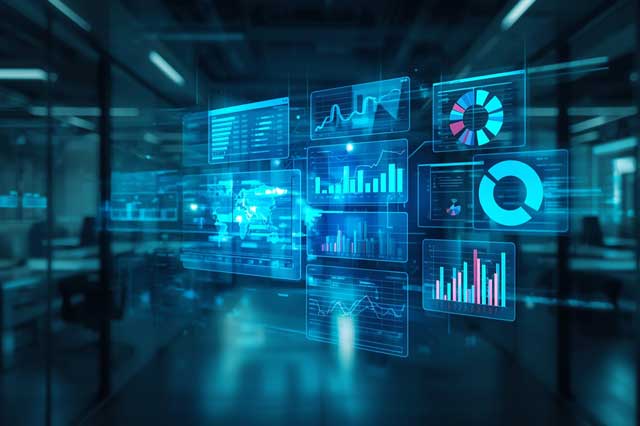
Advanced Excel & Data Visualization for Business Success
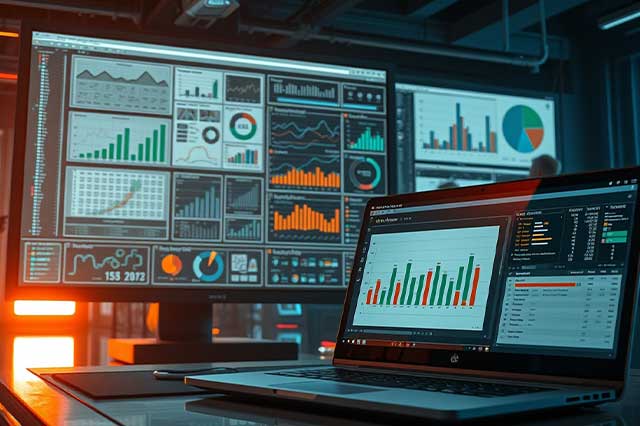
Advanced Excel with Data Visualization
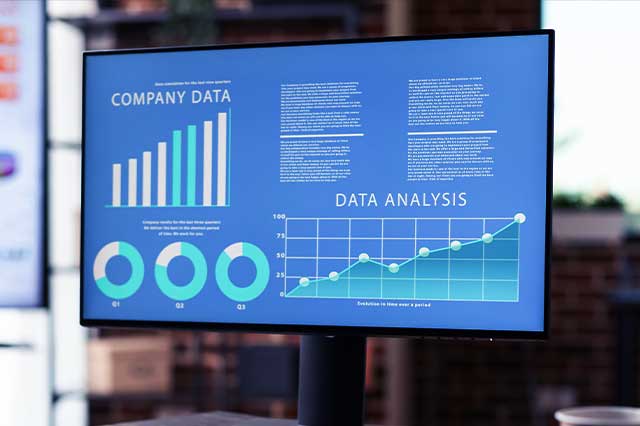
Business Analytics
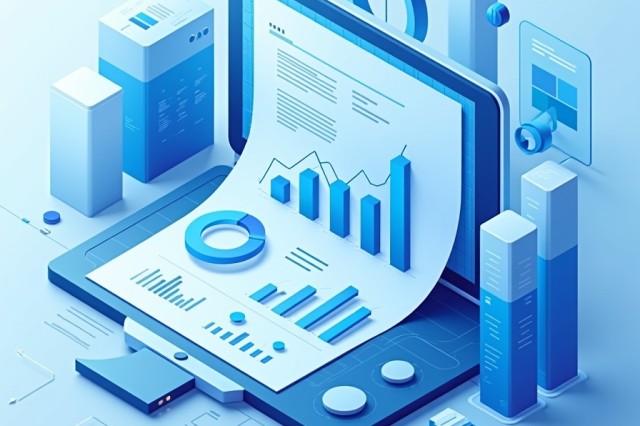
Data Analytics Essentials
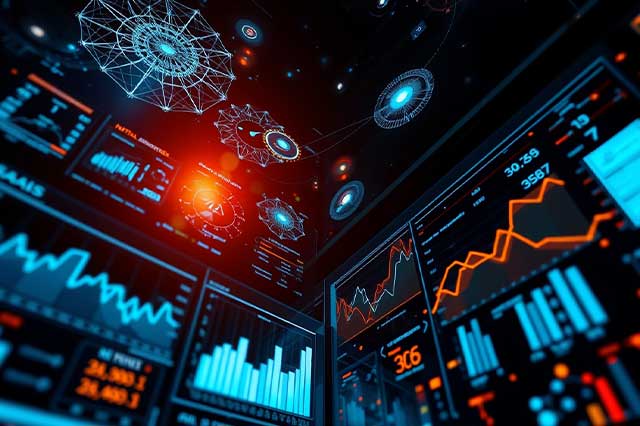
Professional Certificate Course in Data Analytics and Generative AI

Professional Certificate course in Data Science
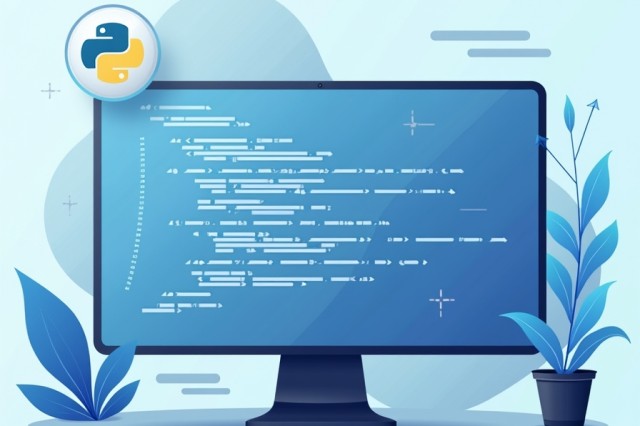
Python for Data Science
